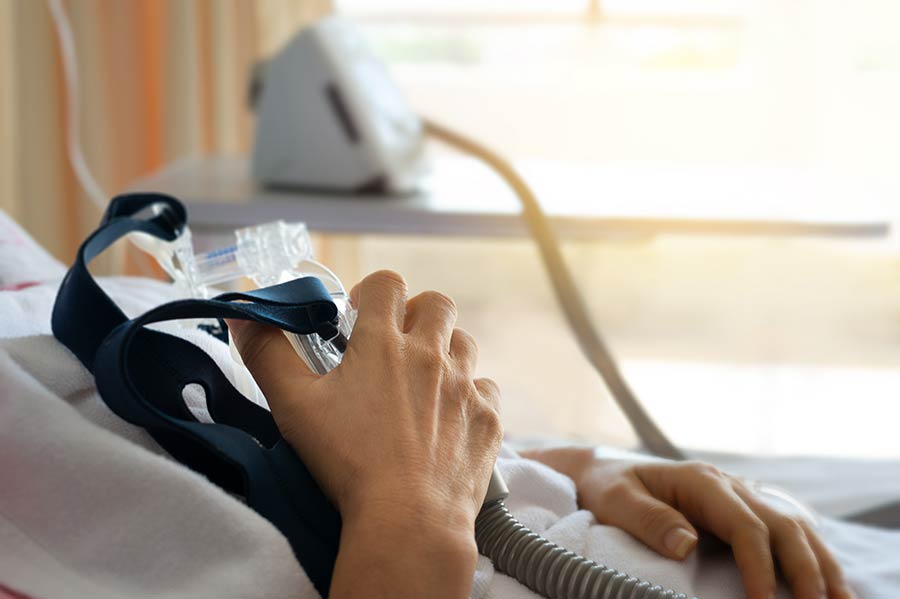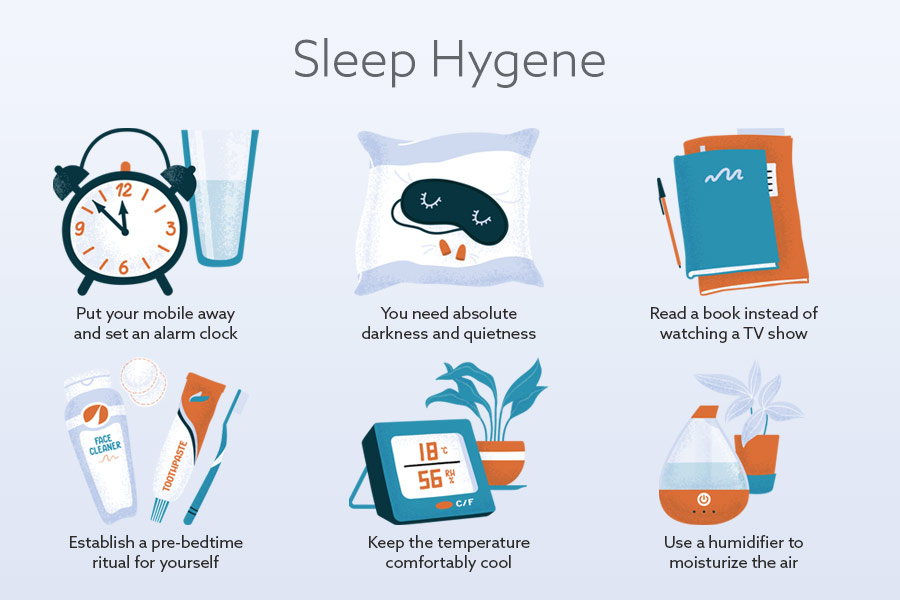
In the realm of dental sleep medicine, the landscape of screening, treating, and managing adults with sleep-related breathing disorders continues to evolve, driven by emerging technologies, new clinical insights, and growing interdisciplinary collaboration. The “Dental Sleep Medicine Standards for Screening, Treating, and Managing Adults with Sleep-Related Breathing Disorders”, authored by the Standards of Practice Committee of the American Academy of Dental Sleep Medicine (AADSM), has long served as a cornerstone resource for guiding dental professionals in this specialized area of care.
First released in 2018 and updated in 2022, these standards were developed to support a patient-centered, collaborative approach to care — emphasizing the essential partnership between dentists and physicians in the management of sleep-related breathing disorders, particularly obstructive sleep apnea (OSA) and snoring. With the continued expansion of digital health tools, therapeutic devices, and research in the field, the AADSM Board of Directors determined that an additional update was necessary in 2025 to reflect the current realities and demands of clinical practice.
The latest revision introduces several key updates. Among them is a clarification that critical components of oral appliance therap — such as the comprehensive dental sleep medicine (DSM) evaluation, impressions, and construction bite registration — should be performed in person. This distinction is based on the understanding that informed consent, identification of potential adverse effects, and individualized treatment planning are most effectively achieved through direct, face-to-face care.
Furthermore, the standards now explicitly state that an “effective” oral appliance must be FDA-cleared. This clarification, originally noted in the AADSM’s 2014 definition of an effective oral appliance, has been re-emphasized to ensure patient safety amid a proliferation of appliances marketed without substantiated claims.
The document also reinforces that dentists who meet established qualifications and follow evidence-based clinical standards are the appropriate professionals to deliver oral appliance therapy. This not only supports clinical integrity but also strengthens the AADSM’s advocacy in conversations with regulatory agencies, insurers, and other healthcare organizations.
At its core, the updated standards reaffirm the vital role of dentists in identifying and managing sleep-related breathing disorders. By providing a structured, evidence-informed approach, the AADSM continues to empower dental professionals to deliver high-quality care that improves sleep health, enhances interdisciplinary coordination, and supports long-term patient well-being.






